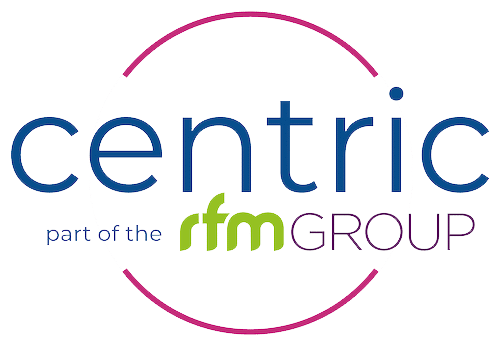Office fit-outs are a great opportunity to improve the energy efficiency of a workspace.
By making the right choices, it’s possible to save money on energy costs while also reducing the environmental impact of the office.
6 Energy-Efficient Best Practices
Here are some best practices for creating an energy-efficient office fit-out:
- Use energy-efficient lighting: Lighting is a significant contributor to energy usage in an office. By using energy-efficient light bulbs and fixtures, you can significantly reduce energy consumption. LED lighting is a great option because it uses up to 75% less energy than traditional incandescent bulbs and can last up to 25 times longer.
- Install energy-efficient appliances: Office appliances like printers, copiers, and coffee makers can use a lot of energy. Look for appliances that are Energy Star certified, which means they meet strict energy efficiency standards set by the US Environmental Protection Agency (EPA).

Perpetual motion with LED bulb and simple light bulbs
- Optimize HVAC systems: Heating, ventilation and air conditioning (HVAC) systems can be major energy consumers in an office. Make sure to size your HVAC system correctly and install it in a location that allows it to operate efficiently. Consider installing a programmable thermostat to help control energy usage and reduce costs.
- Insulate and seal the building: Insulating your office and sealing any gaps or cracks can help to keep the building warm in the winter and cool in the summer. This can help reduce the load on your HVAC system and save energy.

Minimal style modern white high and open workplace 3d render The room is comfortable and bright with natural light from many windows furnished with black and white furniture, decorated with big trees
- Use natural light: Maximizing natural light can help reduce the need for artificial lighting and save energy. Consider installing skylights or adding windows to take advantage of natural light.
- Use sustainable materials: When selecting materials for your office fit-out, look for options that are sustainable and have a lower environmental impact. This includes using recycled materials, choosing low-VOC (volatile organic compound) products, and selecting materials that can be reused or recycled at the end of their life.
By following these best practices, you can create an energy-efficient office fit-out that not only saves money on energy costs but also helps to improve sustainability and reduce your environmental impact.

